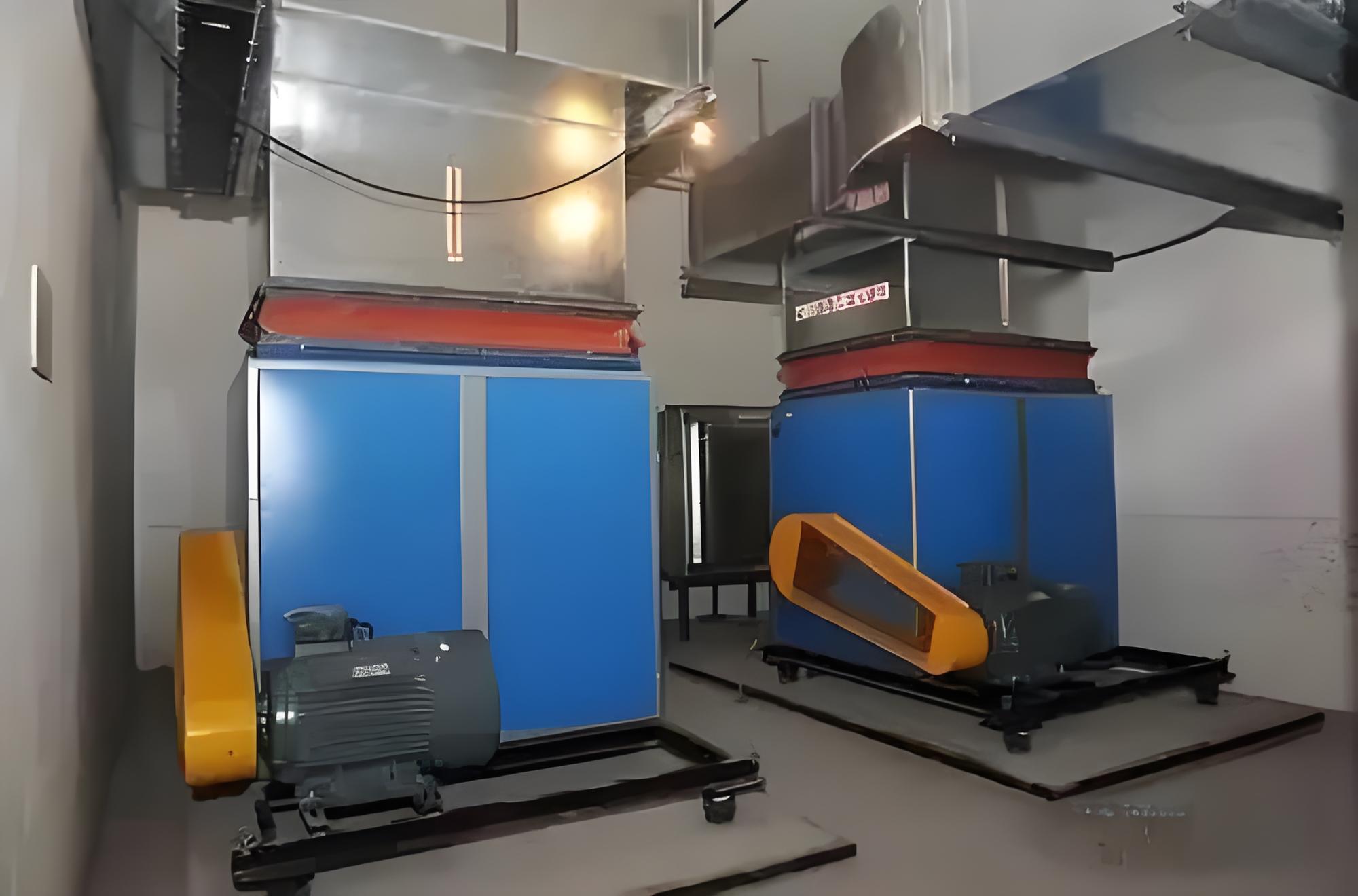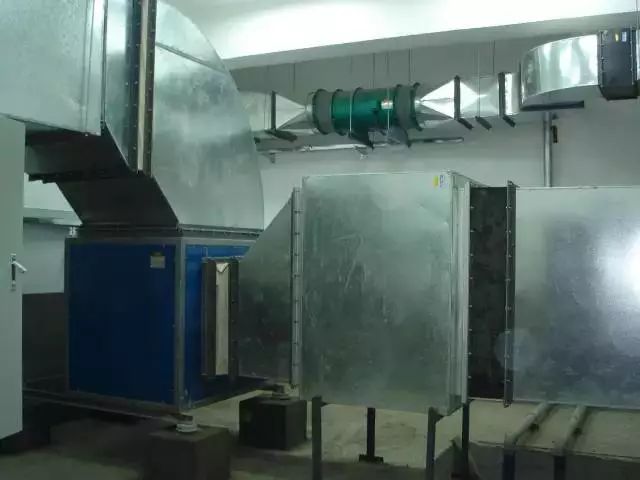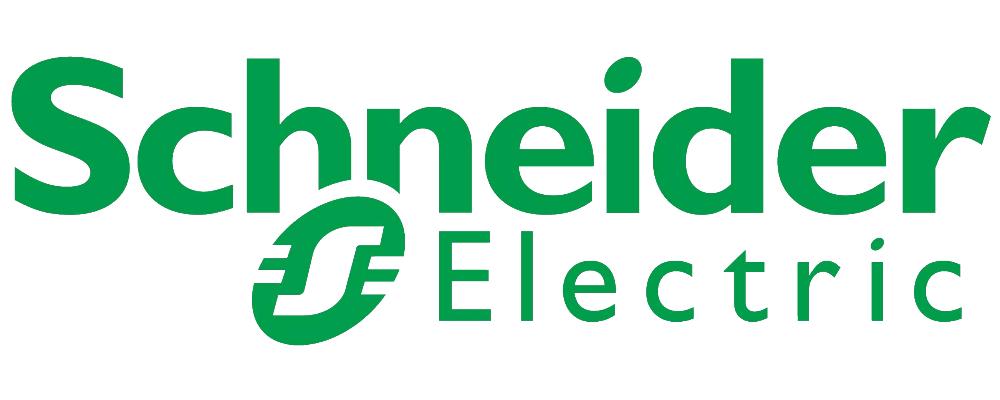The HVAC (Heating, Ventilation, and Air Conditioning) system in a hydropower station is a crucial facility for ensuring the safe operation of power station equipment and the comfort of the working environment for personnel. The design of this system must take into account the special environment of the hydropower station (such as high humidity, high temperature, equipment heat generation, and enclosed spaces). Below are the key aspects of the HVAC system in a hydropower station:
1. System Functions
1. Equipment Heat Dissipation
· The operation of equipment such as turbine generator units, transformers, and electrical control cabinets generates a large amount of heat, which needs to be promptly expelled through the ventilation system to prevent equipment from overheating.
· Maintain the temperature in the equipment room within the allowable range (usually ≤40°C).
2. Humidity Control
· Hydropower stations are often located underground or near water, resulting in high humidity. Air conditioning or dehumidification equipment must be used to prevent equipment from moisture and condensation, avoiding electrical short circuits or metal corrosion.
3. Air Quality Assurance
· Remove oil mist, dust, and harmful gases (such as SF6 leaks) generated during equipment operation to maintain clean air.
· In the event of a fire, activate the smoke exhaust system to ensure the safety of evacuation routes.
4. Personnel Comfort
· Provide suitable temperature (usually 22-26°C), humidity (50-60%), and fresh air for areas such as control rooms and duty rooms.
2. System Components
1. Air Conditioning System
· Chillers/Heat Pumps: Provide cold and heat sources, commonly using water-cooled (utilizing the station's water source) or air-cooled systems.
· Terminal Equipment: Fan coil units, combined air handling units (AHU), used to regulate air temperature and humidity.
· Explosion-Proof Air Conditioning: Used in areas with flammable gases (such as battery rooms).
2. Ventilation System
· Mechanical Supply/Exhaust System: Force air exchange through fans and ducts to maintain positive or negative pressure environments.
· Natural Ventilation: Use structures such as vertical shafts and skylights to achieve air circulation (combined with mechanical ventilation).
· Emergency Ventilation: Set up independent exhaust systems in areas that may produce harmful gases, such as transformer rooms and cable layers.
3. Smoke Exhaust System
· Close ordinary ventilation in the event of a fire, start smoke exhaust fans and fire dampers, and expel smoke through smoke exhaust ducts.
4. Control System
· Temperature and Humidity Sensors, CO₂ Sensors, Fire Alarm Linkage:
· PLC or DDC Automatic Control: Achieve energy-efficient operation (such as frequency conversion control of fan speed).
Summary
The HVAC system in a hydropower station must balance equipment safety, personnel health, and energy conservation. During design, it is essential to consider the structure, environmental characteristics, and operational requirements of the power station, and adopt intelligent control technologies to achieve efficient management.














